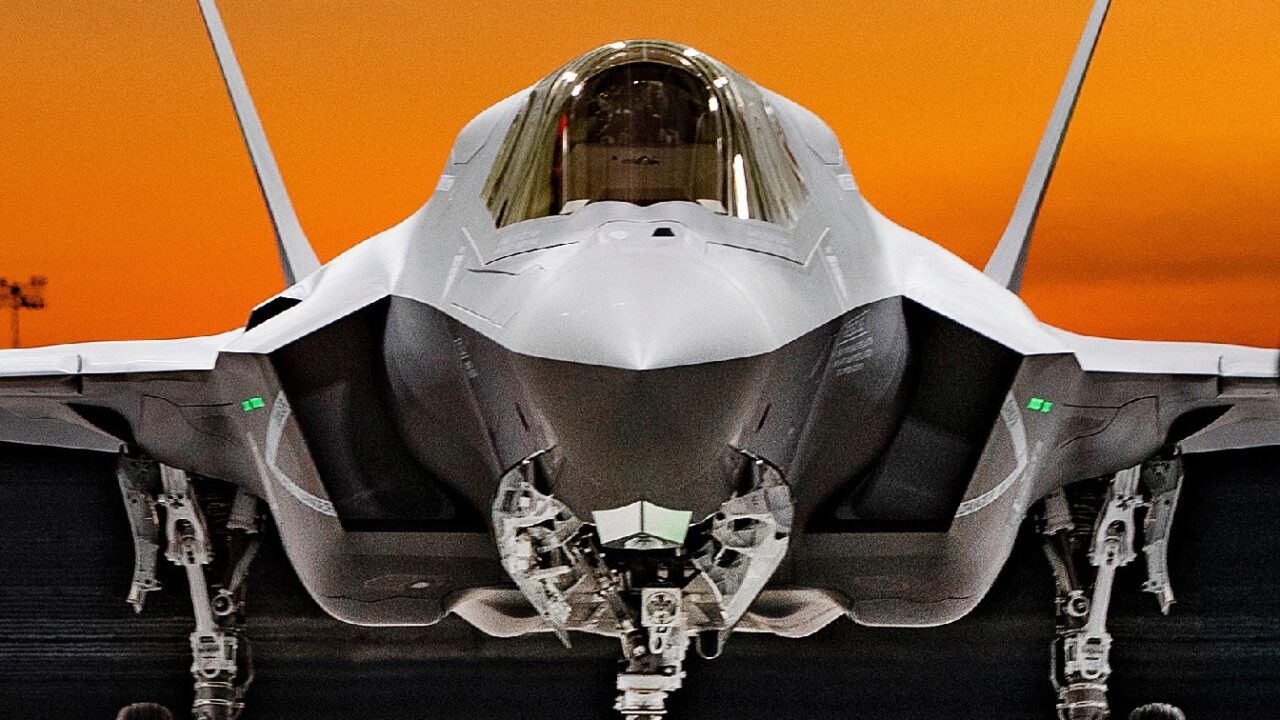The F- 35 Joint Strike Fighter program had a scare a couple of months ago when material sourced in China was discovered in the 5th-generation fighter jet’s engines.
However, after ordering a full halt on the production, the Pentagon has approved a national security waiver that greenlights Lockheed Martin to continue delivering the F-35 Lighting II fighter jet.
A Dangerous Alloy & National Security Waiver for F-35
The Pentagon issued a national security waiver for 126 F-35 stealth fighter jets that contain “non-compliant specialty materials,” according to a letter that was sent by the Pentagon to Congress that Breaking Defense obtained.
The discovery of the alloy sourced in China presented a great potential danger to the F-35 program. If for whatever reason, the stealth, avionics, or combat capabilities of the aircraft could be affected in a time of tensions or war, then the Chinese military would have enjoyed a great advantage over the U.S and its allies, a great majority of which are using or intend to use the F-35 stealth fighter jet.
On August 31, the Pentagon halted deliveries of the F-35 stealth fighter jet after a subcontractor found an alloy magnet used in the aircraft’s engines had been sourced in China.
Honeywell International Inc., one of the subcontractors that work on the F-35 Joint Strike Fighter program, found that a Chinese “fifth-tier” subcontractor produced the alloy magnet that was used in the aircraft’s engines. Honeywell International then notified Lockheed Martin, the manufacturer, which notified the Pentagon.
Lockheed Martin and the Pentagon insisted that the halt in the deliveries of the F-35 was precautionary and that the alloy magnet in question couldn’t transmit any information or harm the F-35’s integrity or its avionics or combat performance.
Going After The Supply Chain
Infiltrating and compromising the supply chain of a major defense program (the F- 35 has an estimated price tag of approximately $1.3 trillion so far) is always a goal for the intelligence services of near-peer adversaries. The thinking is simple: let my adversary spend all that time, energy, and resources while I compromise the program or purloin information that lessens or negates the effectiveness of the program.
The U.S. managed to do that with Adolf Tolkachev during the Cold War. A Russian scientist with a deep grudge against the Soviet Union that had prosecuted and killed his wife’s family, Tolkachev volunteered to spy for the CIA and steal highly classified documents pertaining to the Russian aerospace and defense capabilities from the research institute he was working. During his career as a spy, Tolkachev shared so much and such valuable information on Russian aircraft, radars, and missile capabilities, among other intelligence, that he was dubbed the “Billion Dollar Spy.”
The proliferation of technology has opened new doors that intelligence services can use to infiltrate and compromise the supply chain of an adversary.
The F-35 Joint Strike Fighter
Hands down, the F-35 Lighting II is the most advanced fighter jet in history. The stealth aircraft comes in three versions (F-35A, F-35B, and F-35C) that share similar capabilities but are designed for different purposes, especially in terms of launch and recovery.
The F-35A is the standard, conventional iteration that can take off and land on runways; the F-35B is the short take-off and vertical landing (STOVL) version that can take off and land vertically like a helicopter, and the F-35C is the aircraft carrier version of the aircraft.
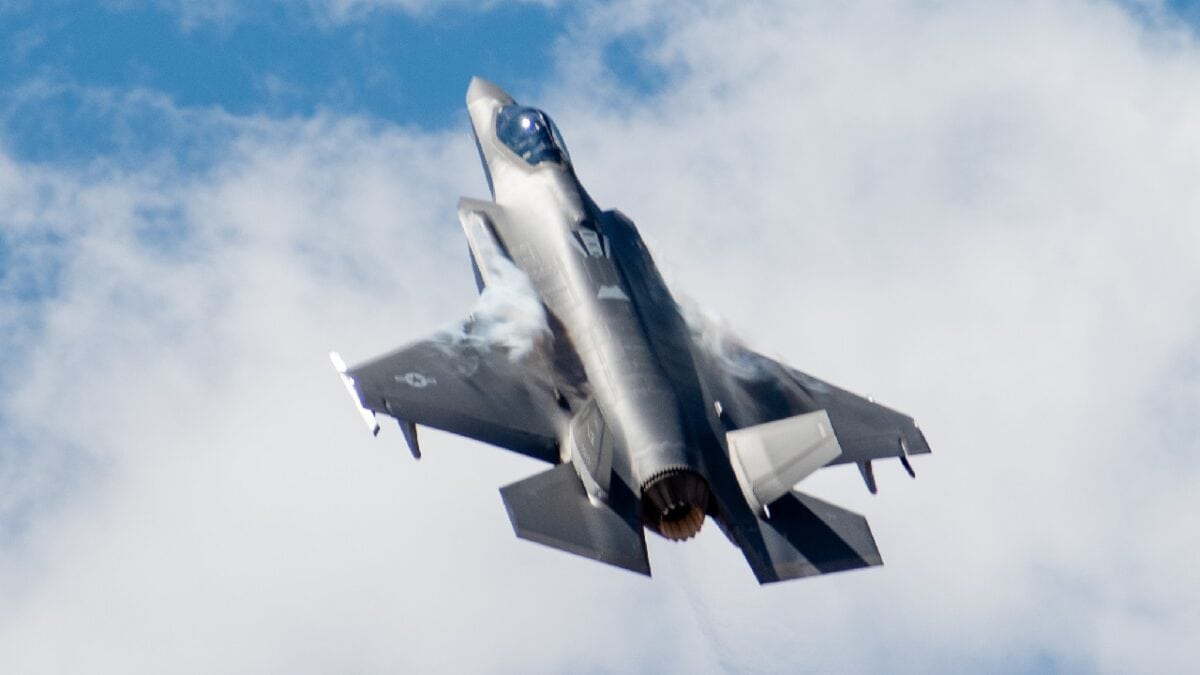
A U.S. Air Force F-35A Lightning II, assigned to the 63rd Fighter Squadron, Luke Air Force Base, Ariz., climbs to a higher altitude Aug. 26, 2019, at the Barry M. Goldwater Range near Gila Bend, Ariz. Pilots use the airspace in Gila Bend to train dropping ordnance and conducting strafing passes. (U.S. Air Force photo by Airman 1st Class Aspen Reid)
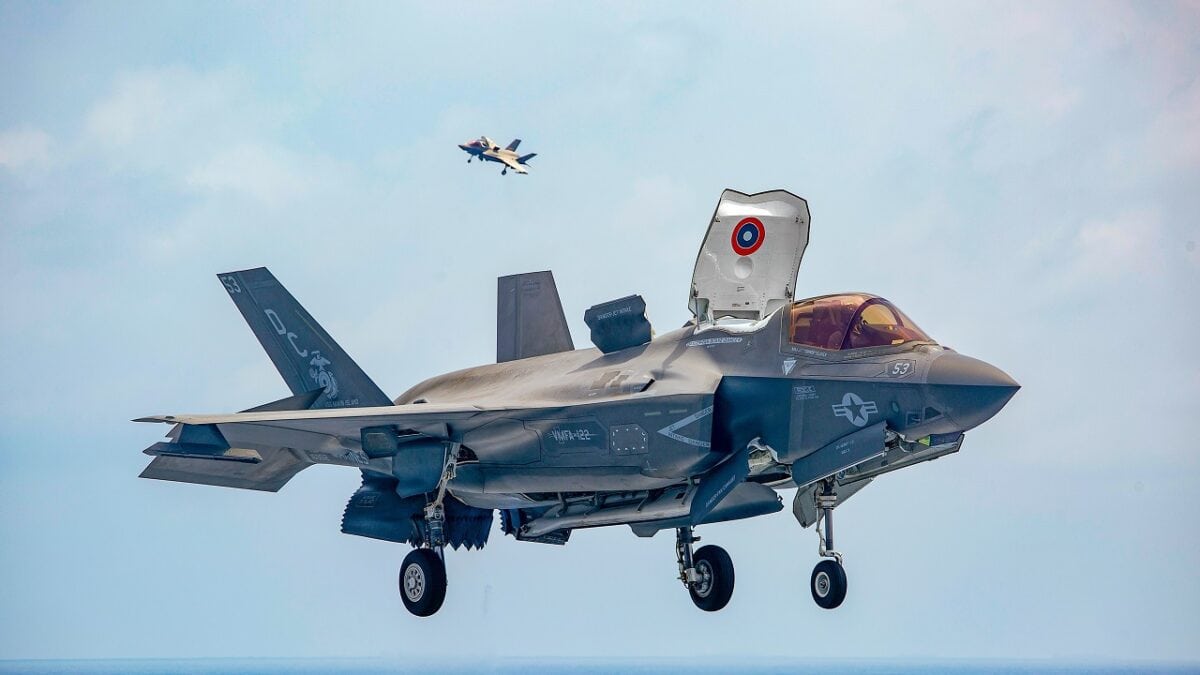
(April 8, 2021) U.S. Marine Corps F-35B Lightning IIs assigned to Marine Medium Tiltrotor Squadron 164 (Reinforced), 15th Marine Expeditionary Unit, land on the flight deck of the amphibious assault ship USS Makin Island (LHD 8). The Makin Island Amphibious Ready Group and embarked 15th MEU are operating in the U.S. 7th Fleet area of operations to enhance interoperability with allies and partners and serve as a ready response force to defend peace and stability in the Indo-Pacific region. (U.S. Marine Corps photo by Cpl. Patrick Crosley)
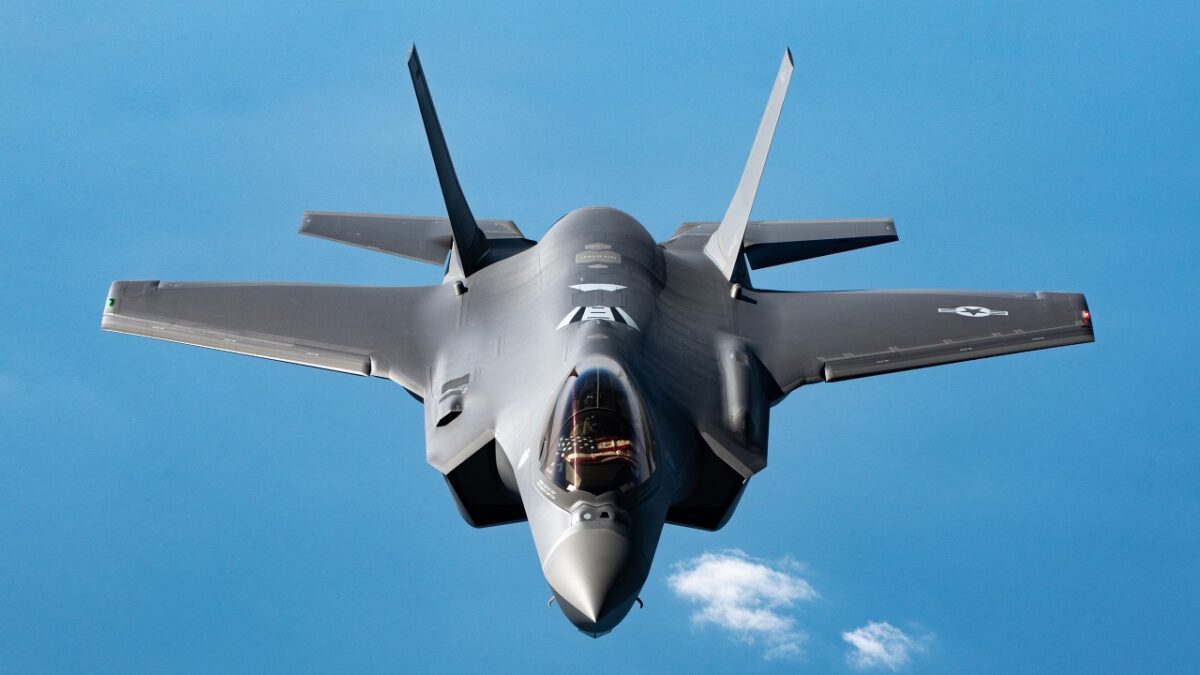
An F-35A Lightning II from the 354th Fighter Wing, Eielson Air Force Base, Alaska, flies behind a KC-135 Stratotanker assigned to the 117th Air Refueling Squadron, Forbes Field Air National Guard Base, Kansas, over the Indo-Pacific, March 10, 2022. Aircrews routinely fly missions aimed at sharpening the necessary skills needed to respond to emerging situations at a moment’s notice. (U.S. Air Force photo by Airman 1st Class Yosselin Perla)
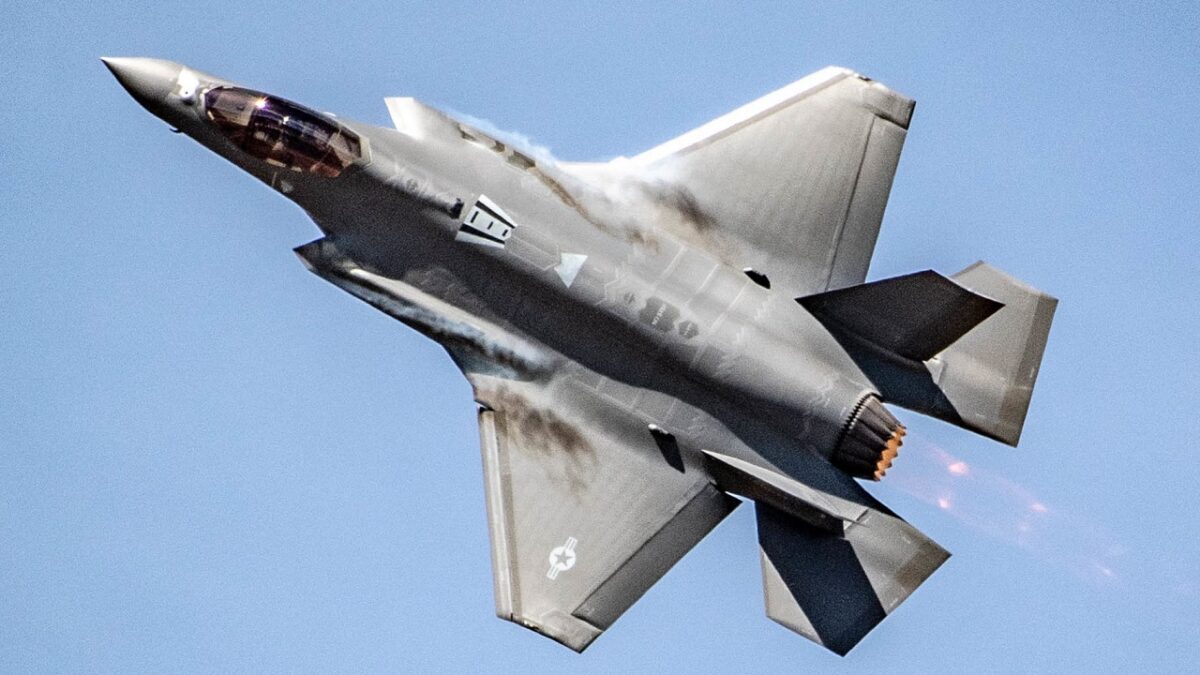
U.S. Air Force Maj. Kristin Wolfe performs a demonstration in the F-35A Lightning II during at the Reno Air Races in Reno, Nevada, September 19, 2021. The F-35 Lightning II Demonstration Team is based out of Hill Air Force Base, Utah. (U.S. Air Force photo by Tech. Sgt. Nicolas Myers)
As a multi-role fighter jet, the F-35 Lighting II can accomplish the following six mission sets. These include Strategic Attack, Air Superiority, Close Air Support, Electronic Warfare, Intelligence, Surveillance, and Reconnaissance (ISR), Suppression of Enemy Air Defenses (SEAD), and Destruction Enemy Air Defense (DEAD).
Expert Biography: A 19FortyFive Defense and National Security Columnist, Stavros Atlamazoglou is a seasoned defense journalist specializing in special operations, a Hellenic Army veteran (national service with the 575th Marine Battalion and Army HQ), and a Johns Hopkins University graduate. He is currently working towards a Master’s Degree in Strategy and Cybersecurity at the Johns Hopkins University’s School of Advanced International Studies (SAIS). His work has been featured in Business Insider, Sandboxx, and SOFREP.

